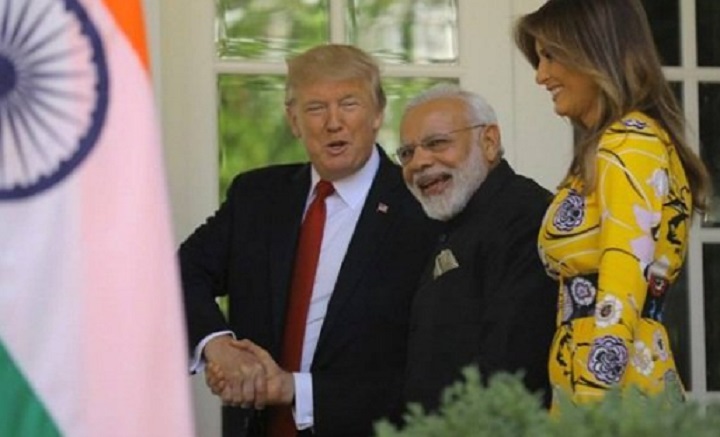It has been announced that Indian Oil Corp. (NYSE:$IOC) will now take delivery of more than a million barrels of U.S. heavy crude in October. This marks the first U.S. crude oil purchase by an Indian energy company, IOC’s finance chief told Reuters. And, if all goes well, it will certainly not be the last purchase.
Under the terms of the deal, there will be 1.6 million barrels of Mars crude plus 400,000 barrels of Western Canadian Select to be shipped to by PetroChina (SHA:$601857). According to IOC’s A.K. Sharma, the price was “very competitive” to Iraq’s Basra Light, and so long as it stays that way, more U.S. crude oil will continue to be shipped to India.
Reuters, the London-based international news agency, noted that heavier crude blends are now a favorite for Indian refineries, which recently went through hefty modifications. Another potential reason as to why heavier crude blends are becoming a new favorite is because they tend to sell more cheaply than lighter blends. As a result of the deal, India has now joined Japan, Taiwan, South Korea, Thailand, China, and Australia as a U.S. oil importer as the Asian-Pacific nations are on a journey to diversify their import sources.
As of late, U.S. crude oil exports have been increasing – they hit a record-high of 1.3 million barrels per day in the last week of May, with the average for that month at 1.02 million barrels per day. Other than the Asian-Pacific nations, European countries and a couple South American countries were amongst the importers of American crude oil. In May, Canada was the top importer, purchasing 372,000 barrels per day from the U.S.
Though there were once restrictions on exporting U.S. produced crude oil, those were lifted in December of 2015, and in 2016 the United States exported roughly 520,000 barrels per day of crude, according to EIA data. Despite Canada remaining the largest destination for U.S. crude oil exports, Canada’s shares of U.S. crude oil exports have significantly declined, from 92% in 2015 to 58% in 2016, the EIA disclosed in June.
Right now, India is the globe’s third-largest crude oil importer and in August of 2016, daily import rates reached an unprecedented high, at 4.45 million barrels per day. Roughly 80% of India’s crude oil needs are being satisfied by imports, thus making diversification a pressing matter. In fact, the matter has become even more concerning as of late, after a quarrel with Iran over the development of the Farzad-B gas field, which Tehran recently gave to Russia’s Gazprom, instead of Indian ONGC and partners.
Featured Image: twitter











